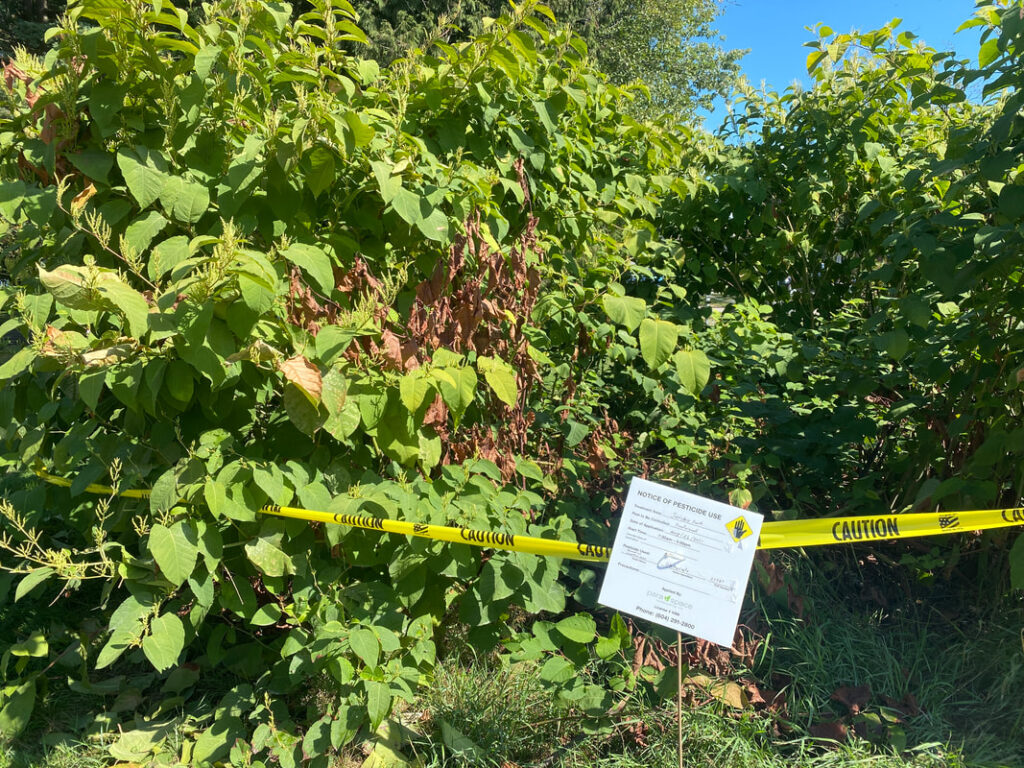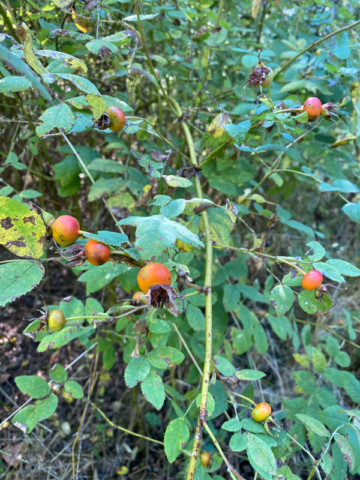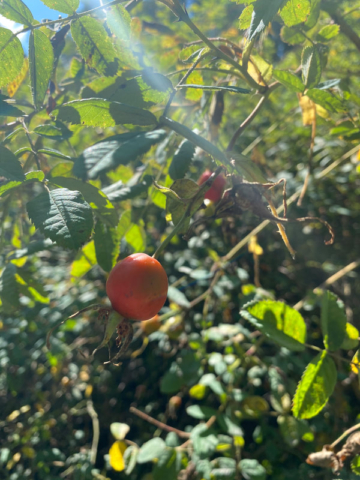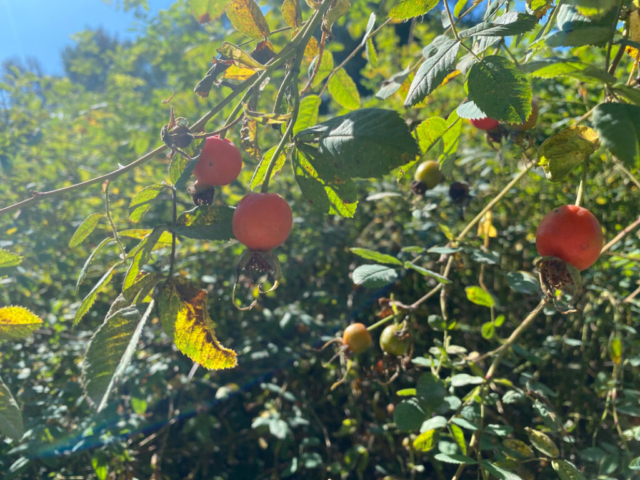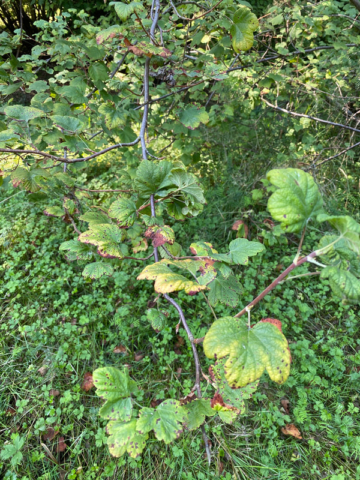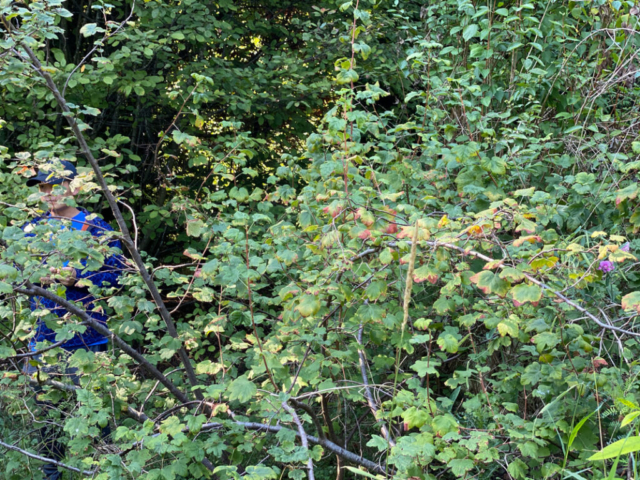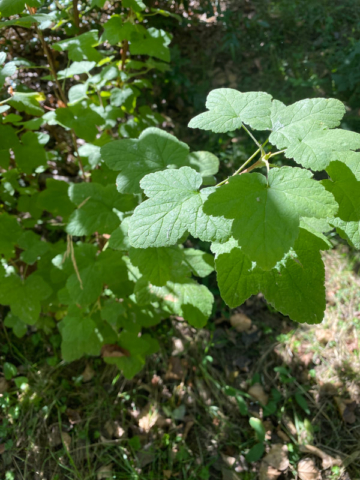Foraging in the Pacific Northwest
It’s the first entry of my field journal. At least in this digital form.
My first identification on how and what to forage in the beautiful ecosystems of the Pacific Northwest
We did the summer plant infield trip with Chef Robin Kort and Swallow Tail Adventures. https://www.swallowtail.ca Robin Kort is Chef/Sommelier/Forager/Owner. As we were in a BC park, we did not harvest anything; instead we learned a ton of interesting stuff and how to identify common plants in our midst.
Write-up for the trip: Learn how to identify traditional BC coastal wild foods; berries, edible trees, shoots and leaves, great for food nerds and hikers. Fiddleheads, licorice fern, big leaf maple flowers, nettles, oyster mushrooms and wild chamomile to name a few
Here’s what we saw and experienced:
From the ocean: seaweeds
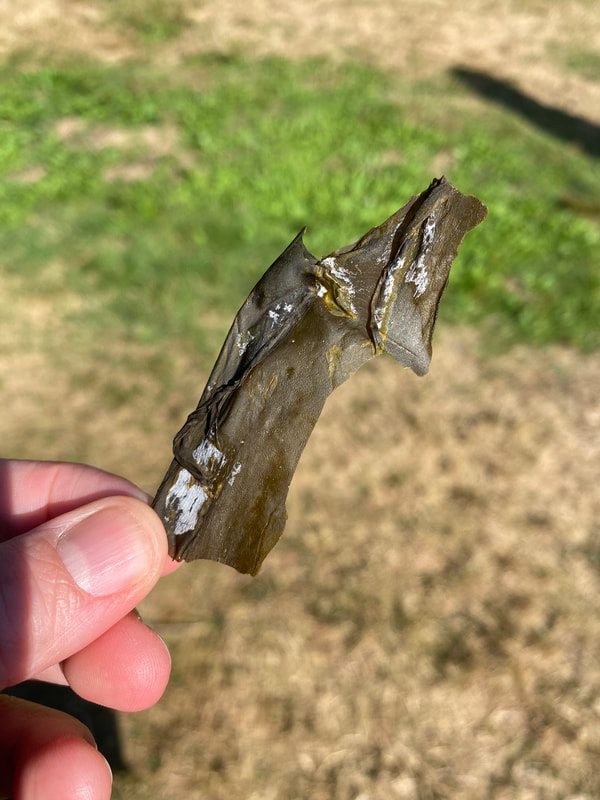
- BULL KELP (Nereocystis luetkeana)
Common names: Bullwhip Kelp, Ribbon Kelp, Sea Kelp - BLADDERWRACK (Fucus spp.*) includes F. gardneri F.Vesiculosus
Fucus Greek for seaweed. Bladder comes from the air filled bulbs that resemble “bladders” Wracks name is from the Old English meaning Seaweed. (grow on rocks. Fitting name!) - SEA LETTUCE (Ulva lactuca) –Grows in thin sheets in the mid-intertidal zone, so it’s easy to pick at low tide.
How to harvest and enjoy sea lettuce:
https://www.swallowtail.ca/blog/how-to-harvest-seaweed-sea-lettuce/
Maybe try these recipes out sometime?
https://seagrant.uaf.edu/bookstore/edibleseaweed/sg-ed-46d.pdf
From the land
Broad leaf plaintain
(White man’s footprint)
Plantago major, the broadleaf plantain, white man’s foot, or greater plantain, is a species of flowering plant in the plantain family Plantaginaceae.
Native to most of Europe and northern and central Asia, but has widely naturalised elsewhere in the world.
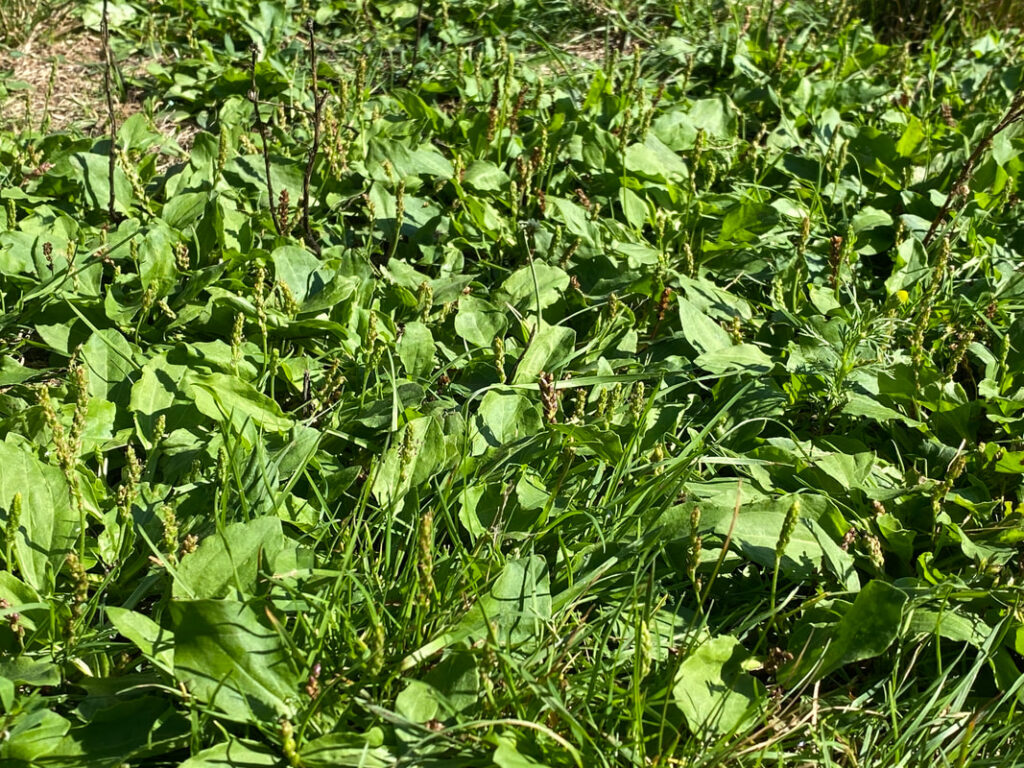
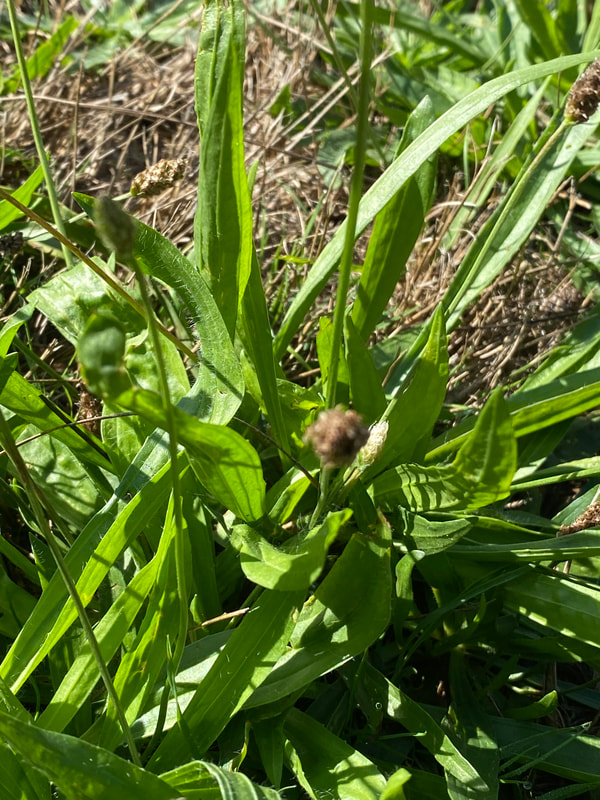
Cat tail
(Looks like similar yellow flag iris. Except everything in the iris family is toxic!)
Marsh/pond areas
Edible from root to tip
Center shoot is like a leek
Tastes like cucumber
Should be round
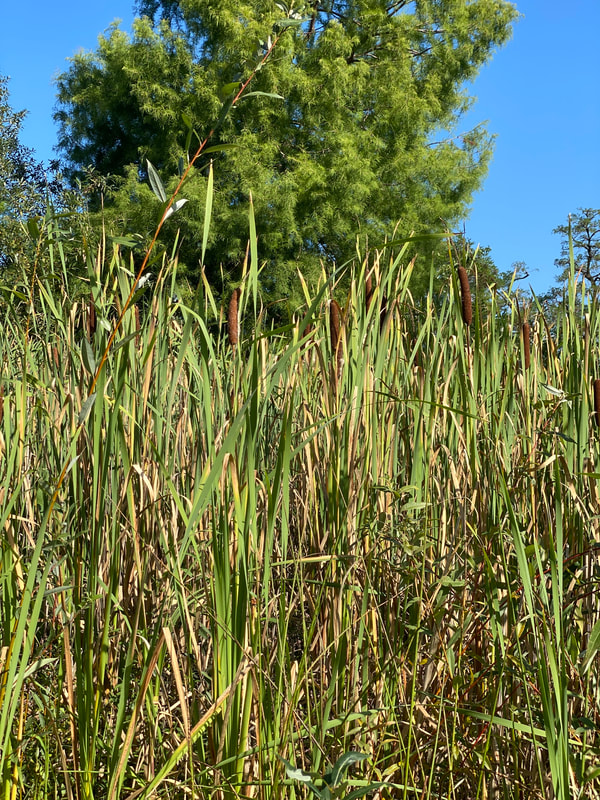
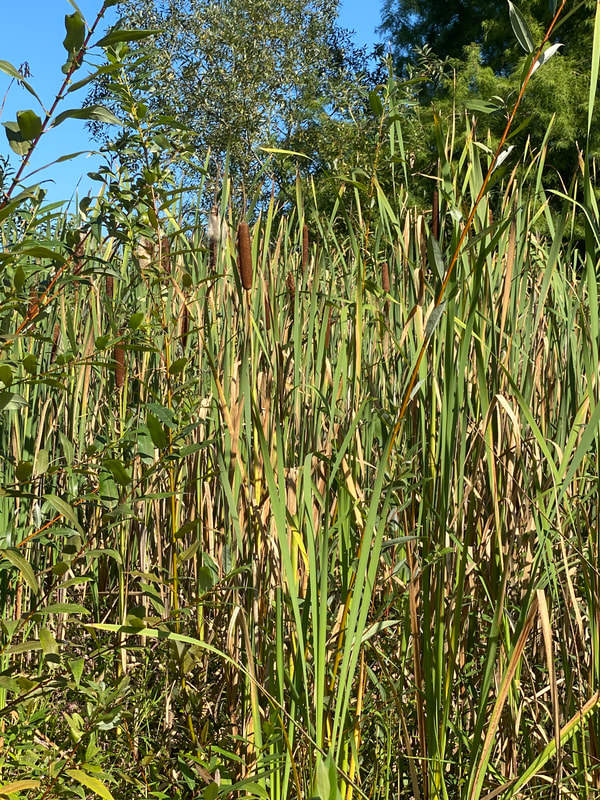
Burdock
Burdock (eat the root)
ID: heart shaped leaf with wavy margin
Similar to rhubarb structure
Tap root like a carrot
Nutty taste
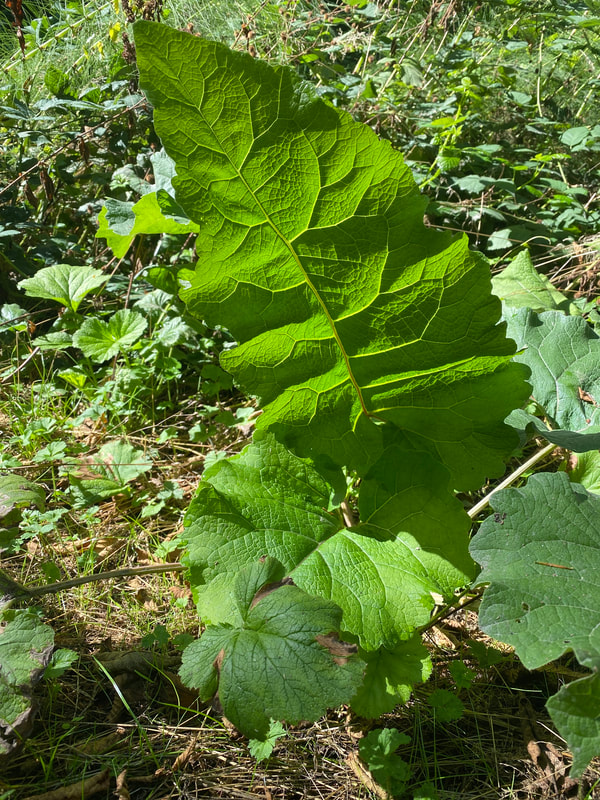
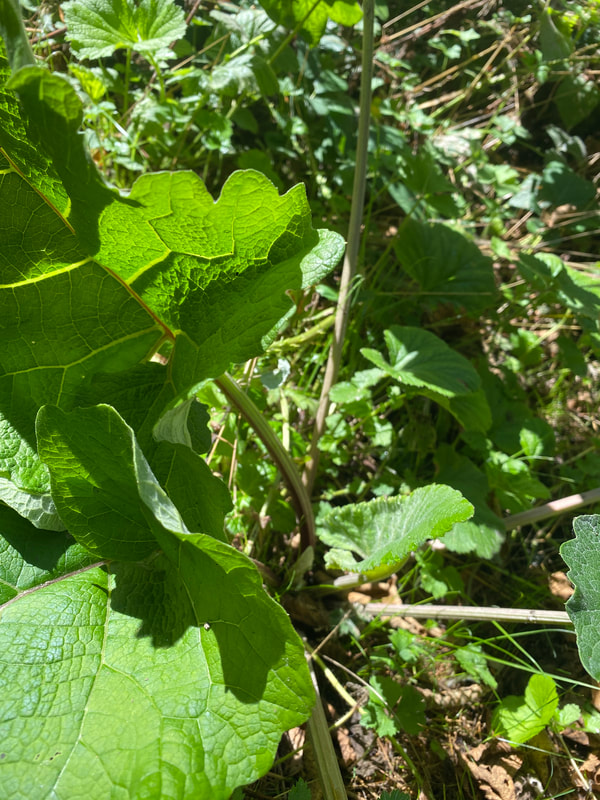
Elderberry
Grab leaf and smell fingers smells like peanut butter
Whole plant except flower is toxic
Red and blue
(Apparently I didn’t take photos of the elderberry plant?)
Dandelion (mistaken for many other things)
Teeth on leaves plant towards rosette
Flower grows on single stem
Recipe dandelion marmalade
Eat the flower or take it and dip it in egg and flour and fry them
Hazelnut tree
Two nuts in each blossom
Harvest in late summer when green
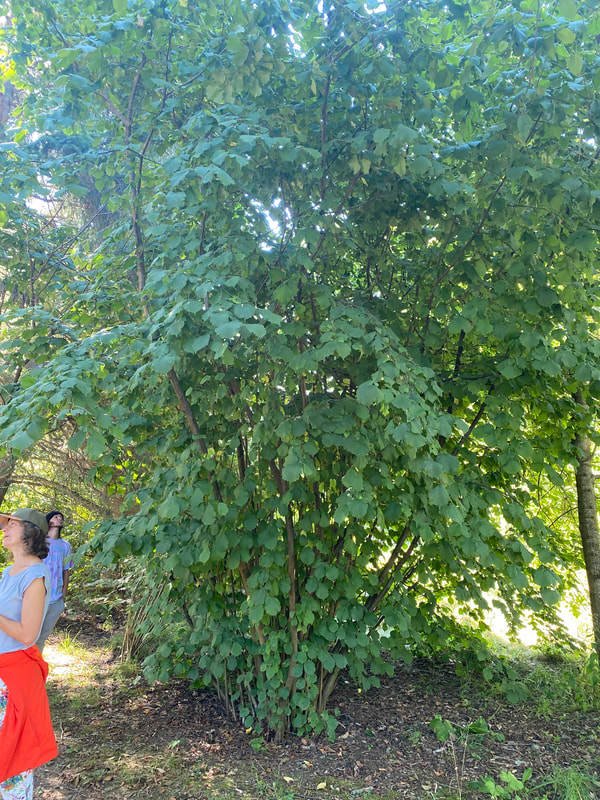
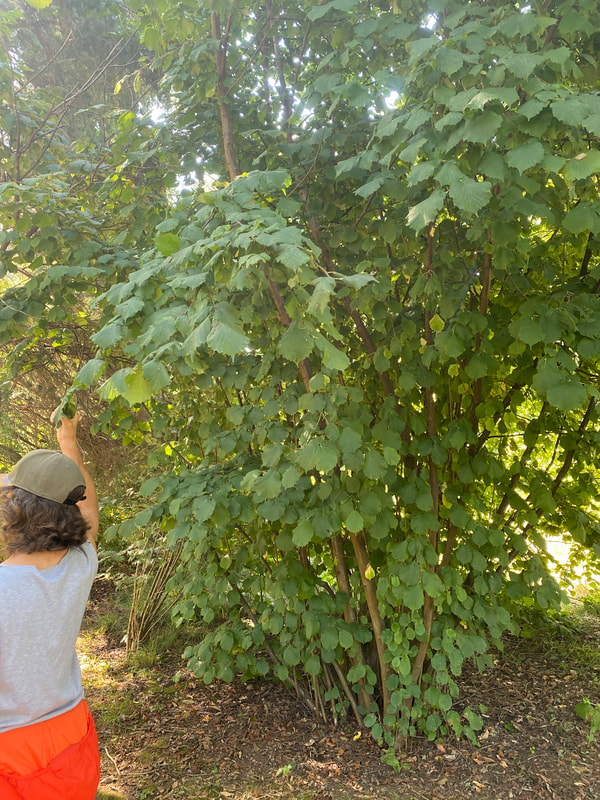
Rose hips
Strain seeds out
Fruit of the rose
Conifer tips
Yew is poisonous!!! ☠️ (bark is red)
Harvest in spring new green tips
Use it how you would use rosemary
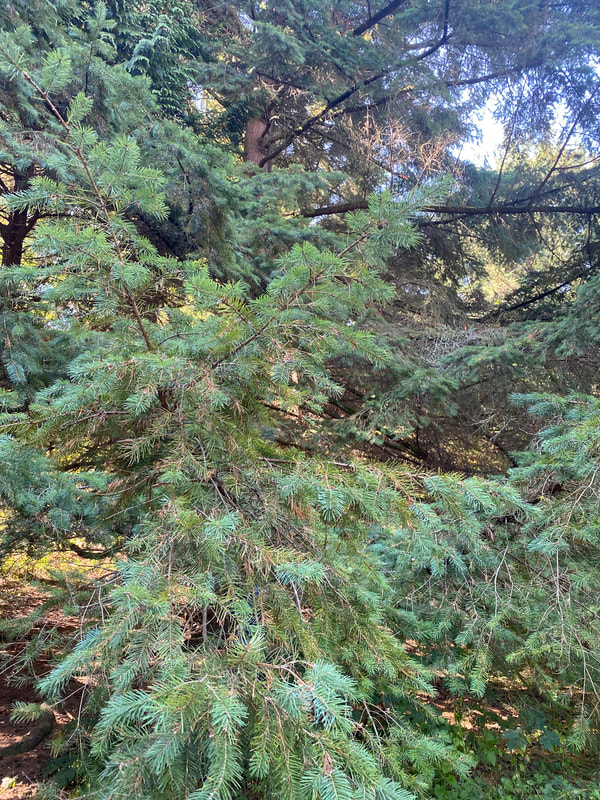
Currant
Use leaves all year
Like a local sage (for flavoring)
Oregon grape
Tastes like citrus/lemon
Berries edible and provide color
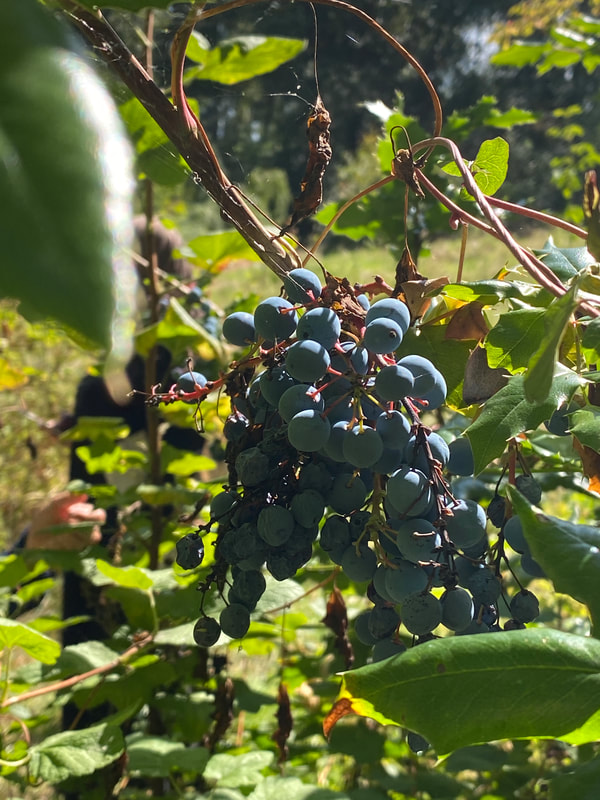
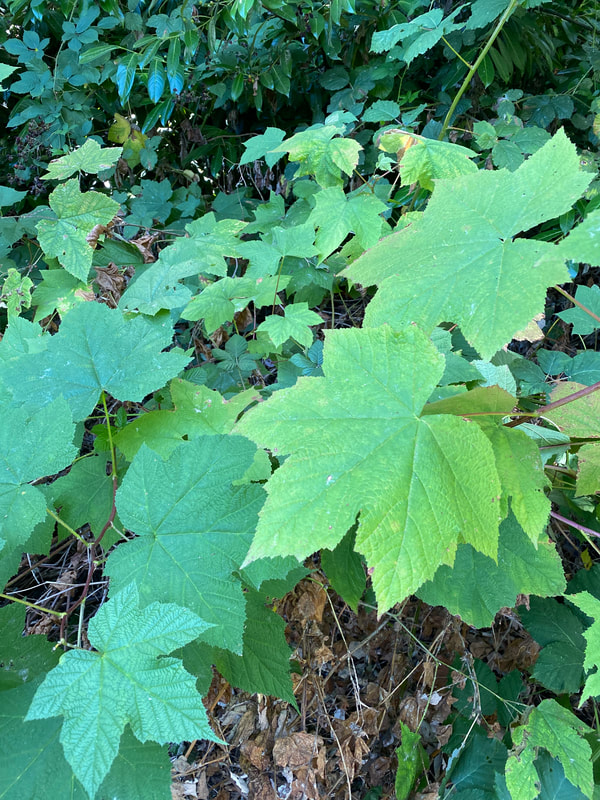
Thimbleberry
Red berry looks like raspberry
Is smaller
Japanese knotweed
SUPER INVASIVE
